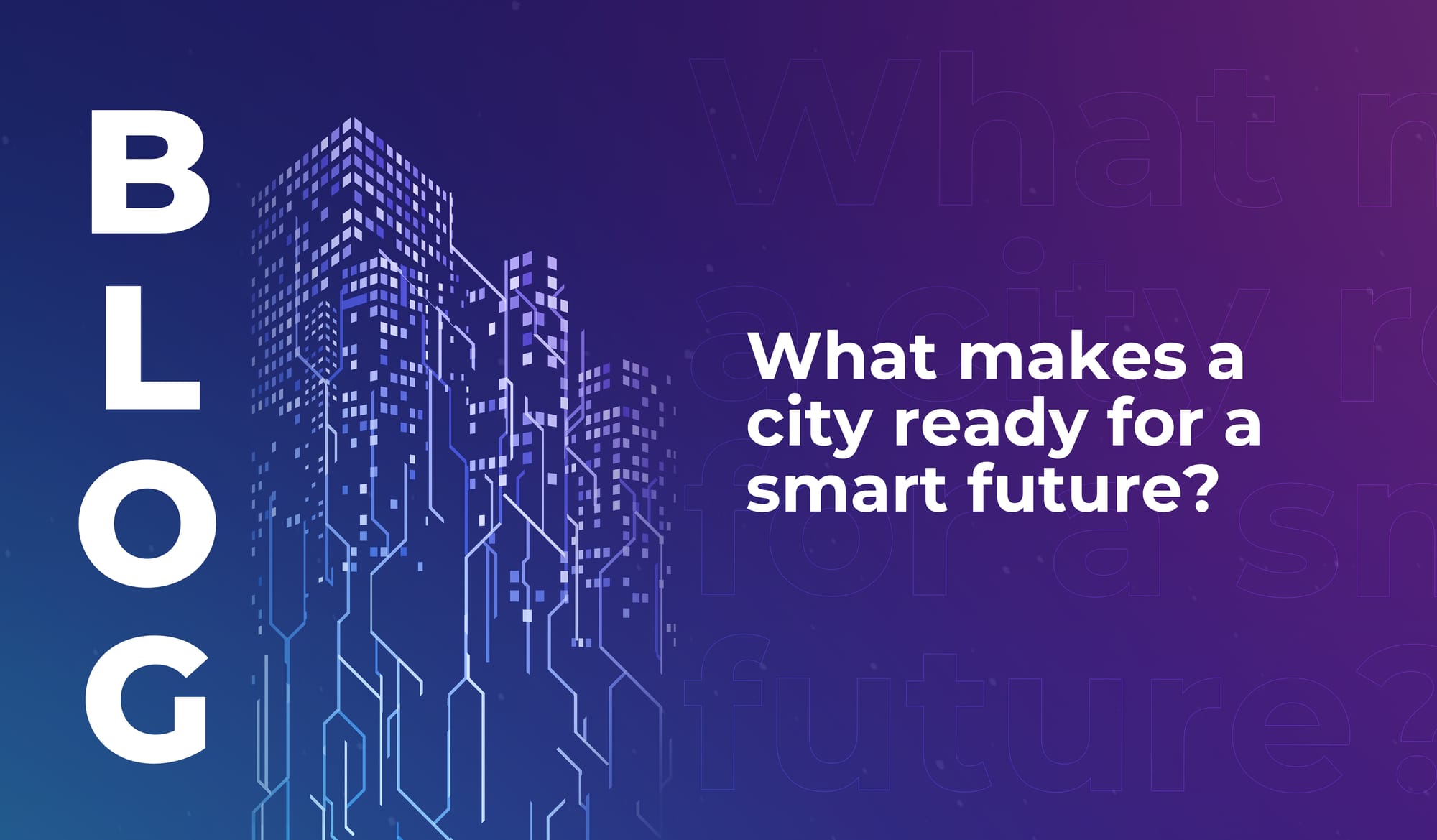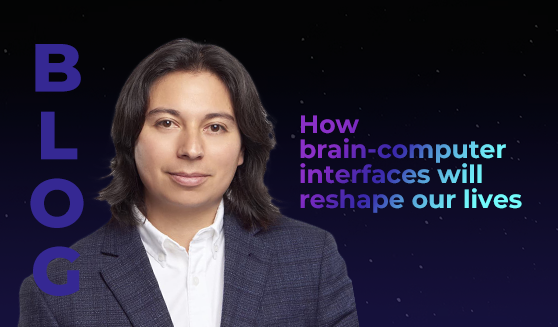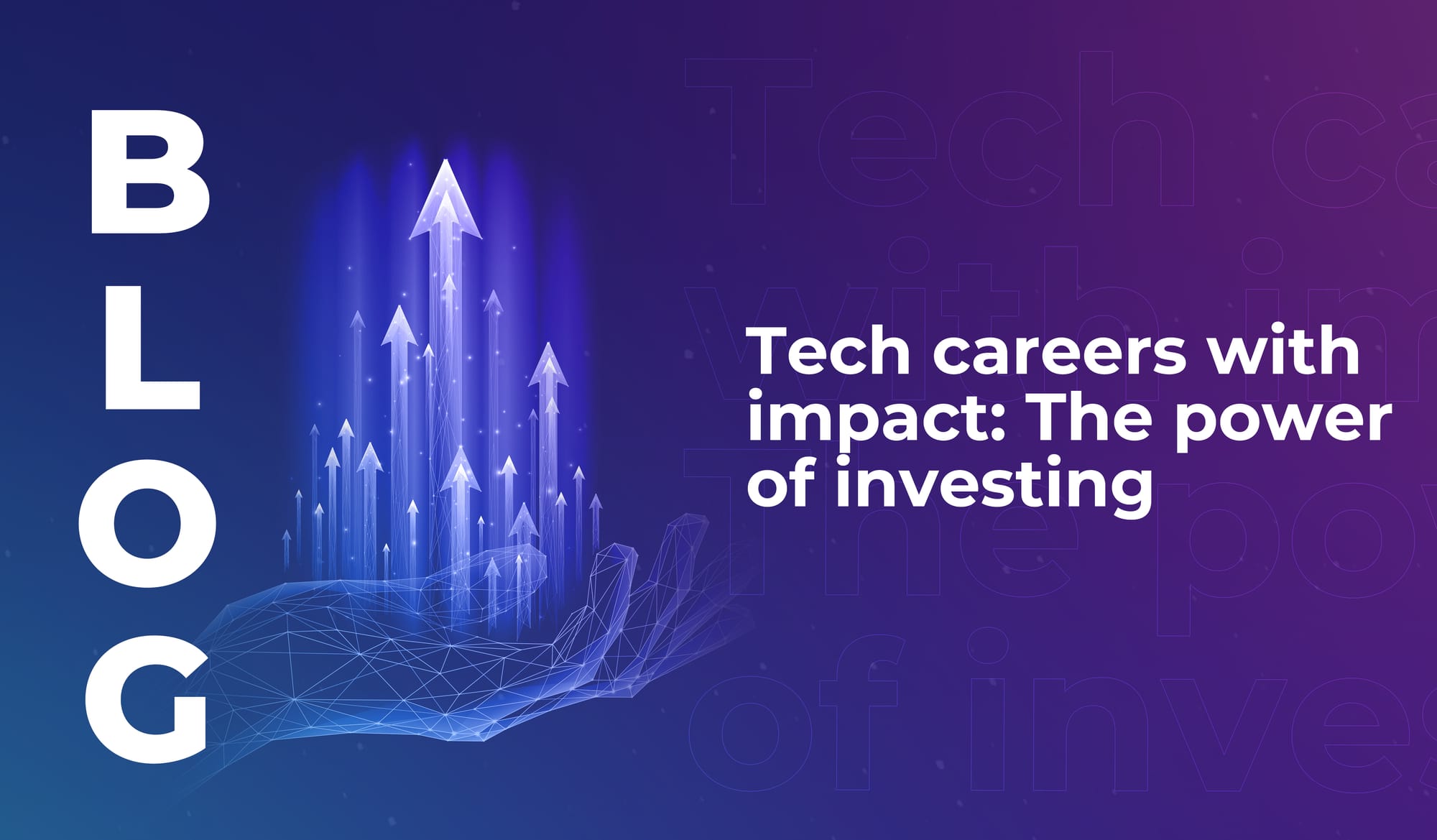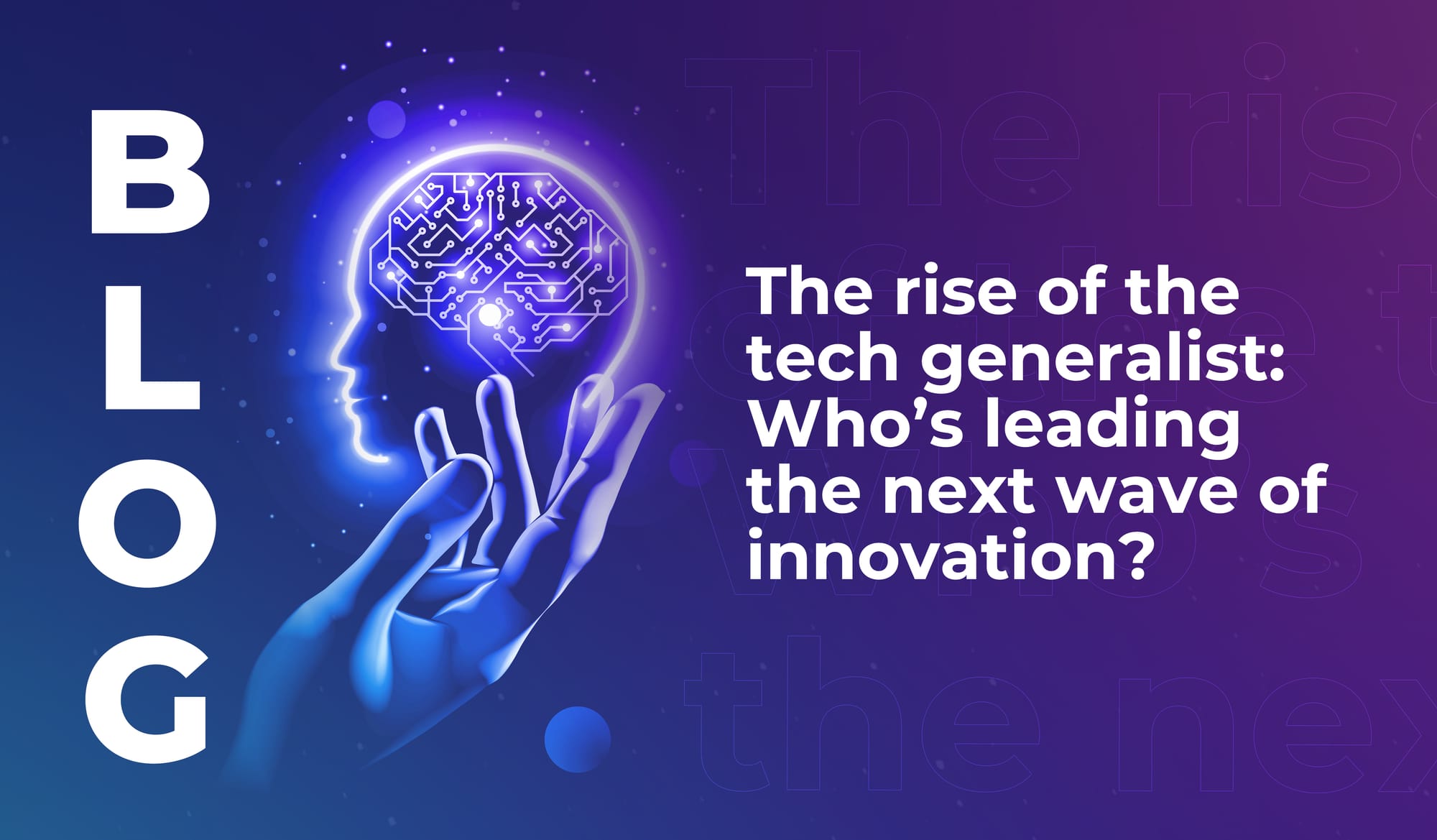
What makes a city ready for a smart future?
Discover the cities that rank highly for smart city preparedness, and learn why locally relevant innovation is more important than cutting-edge tech.


Having emerged from the University of Michigan’s Direct-Brain Interface Laboratory, Neurable is developing cutting-edge brain-computer interfaces that measure brain activity and generate real-time insights. Far from being complex devices, Neurable tech is easy to use – and has the potential to transform how we interact with technology, and with each other.
Dr. Ramses Alcaide (President and CEO at Neurable) will be sharing his knowledge on the keynote stage at LEAP 2024. We caught up with him this week to find out how brain-computer interfaces (BCIs) can support and enhance humans’ physical and cognitive capabilities – and improve well-being and quality of life.
“My career journey has been an exciting and fulfilling path. A family tragedy when I was 8 years old created a passion for neuroscience and technology – leading me to getting a Ph.D. in Neuroscience from the University of Washington.
“Following that, I co-founded Neurable with a vision to revolutionise human-computer interaction through neurotechnology.
“Over the years, Neurable has been at the forefront of developing cutting-edge brain-computer interface solutions. Our team's dedication and innovative spirit have allowed us to make significant strides in unlocking the potential of the human brain for seamless interaction with digital environments.
“As the CEO of Neurable, I am proud to lead a team that is pushing the boundaries of what's possible in the field of neurotechnology. We continue to explore new avenues, collaborate with experts, and drive advancements that have the potential to transform lives.”
“A brain-computer interface is a technology that establishes a direct communication pathway between the brain and an external device, such as a computer or a smartphone. In the case of non-invasive BCIs, no surgical procedures are involved. Instead, these interfaces typically use sensors placed on or near the scalp to detect and interpret brain activity.
“Active Use: One way non-invasive BCIs can be used actively is by allowing individuals to control devices or perform actions using their thoughts. For instance, someone could use a BCI to move a cursor on a screen, type on a virtual keyboard, or even control a robotic arm. This is particularly valuable for individuals with mobility impairments, as BCIs offer a means to interact with the world without relying on traditional physical interfaces.
“Passive Use: Passive use of BCIs involves monitoring brain activity without necessarily requiring the user to perform specific actions. This can be applied in various contexts such as mental state monitoring or cognitive assessment. For example, a non-invasive BCI could be used to detect signs of mental fatigue, stress, or attention levels. In gaming, it might adapt the game difficulty based on the player's level of engagement.
“In essence, non-invasive BCIs open up new possibilities for human-computer interaction by tapping into the incredible capabilities of the brain. They have the potential to enhance accessibility, improve quality of life for individuals with disabilities, and offer novel ways to interact with technology in both active and passive capacities. As research and development in this field progress, we can expect even more exciting applications and advancements.”
“Bringing a brain-computer interface (BCI) to market has been an exhilarating journey, accompanied by its fair share of challenges. One of the primary hurdles we encountered was finding the right product-market fit. The landscape of BCIs is vast, and identifying the most impactful applications that align with market needs requires thorough exploration and understanding.
“Understanding user needs and expectations played a crucial role. We conducted extensive user research and collaborated closely with potential users, clinicians, and industry experts to refine our product offering. This iterative process was instrumental in tailoring our BCI technology to address real-world challenges and deliver tangible benefits.
“Ensuring seamless and reliable performance at scale presented another set of challenges. The intricacies of human brain activity and the diversity among users posed unique obstacles. Achieving a level of reliability that meets user expectations across different demographics and use cases demanded rigorous testing and continuous improvement.
“We invested significantly in research and development to enhance the robustness and scalability of our BCI technology. This involved refining algorithms, developing AI, optimising sensor technologies, and addressing potential sources of interference. Collaborating with academic researchers and industry partners allowed us to leverage a diverse range of expertise, accelerating our progress in overcoming performance challenges.
“Establishing partnerships and collaborations within the tech ecosystem was essential. Engaging with developers, businesses, and research institutions facilitated the integration of our BCI technology into various applications, fostering a more seamless and versatile user experience.
“While the journey has been demanding, the challenges have driven us to innovate and refine our approach continually. We remain committed to pushing the boundaries of what's possible with BCIs, and we are excited about the positive impact our technology can have on individuals' lives and the broader market.”
“The impact will be transformative – reshaping the way we interact with technology and each other. BCIs hold the potential to enhance accessibility, allowing individuals with disabilities to seamlessly control devices with their thoughts. The prospect of direct brain-to-computer communication could revolutionise fields such as healthcare, education, and entertainment.
“I think one great resource of seeing this world is our company vision video. You'll gain valuable insights into the potential of BCIs to help with communication, improve quality of life, and create a more inclusive and connected world.”
“Events like LEAP hold immense value for me and my organisation. These gatherings provide a unique platform for networking, knowledge exchange, and staying abreast of the latest industry trends and innovations.
“By participating in events, I have the opportunity to connect with like-minded professionals, potential collaborators, and industry leaders, fostering meaningful relationships. The insights gained from keynote speakers, workshops, and discussions contribute to our continuous learning and help us stay at the forefront of our field.
“And events serve as a showcase for our work, allowing us to share our achievements, learn from others, and contribute to the collective advancement of the industry.”
Thanks to Dr. Ramses Alcaide at Neurable. Want to learn more? Register now to attend LEAP 2024.

Discover the cities that rank highly for smart city preparedness, and learn why locally relevant innovation is more important than cutting-edge tech.

If you’ve ever thought about becoming a tech investor, read this – learn why investors are the quiet force shaping the future of the industry.

Tech generalists will enable emerging technologies to integrate across industries and societies in meaningful ways. We still need specialists – but we also need big-picture people.

Discover the cities that rank highly for smart city preparedness, and learn why locally relevant innovation is more important than cutting-edge tech.

If you’ve ever thought about becoming a tech investor, read this – learn why investors are the quiet force shaping the future of the industry.

Tech generalists will enable emerging technologies to integrate across industries and societies in meaningful ways. We still need specialists – but we also need big-picture people.